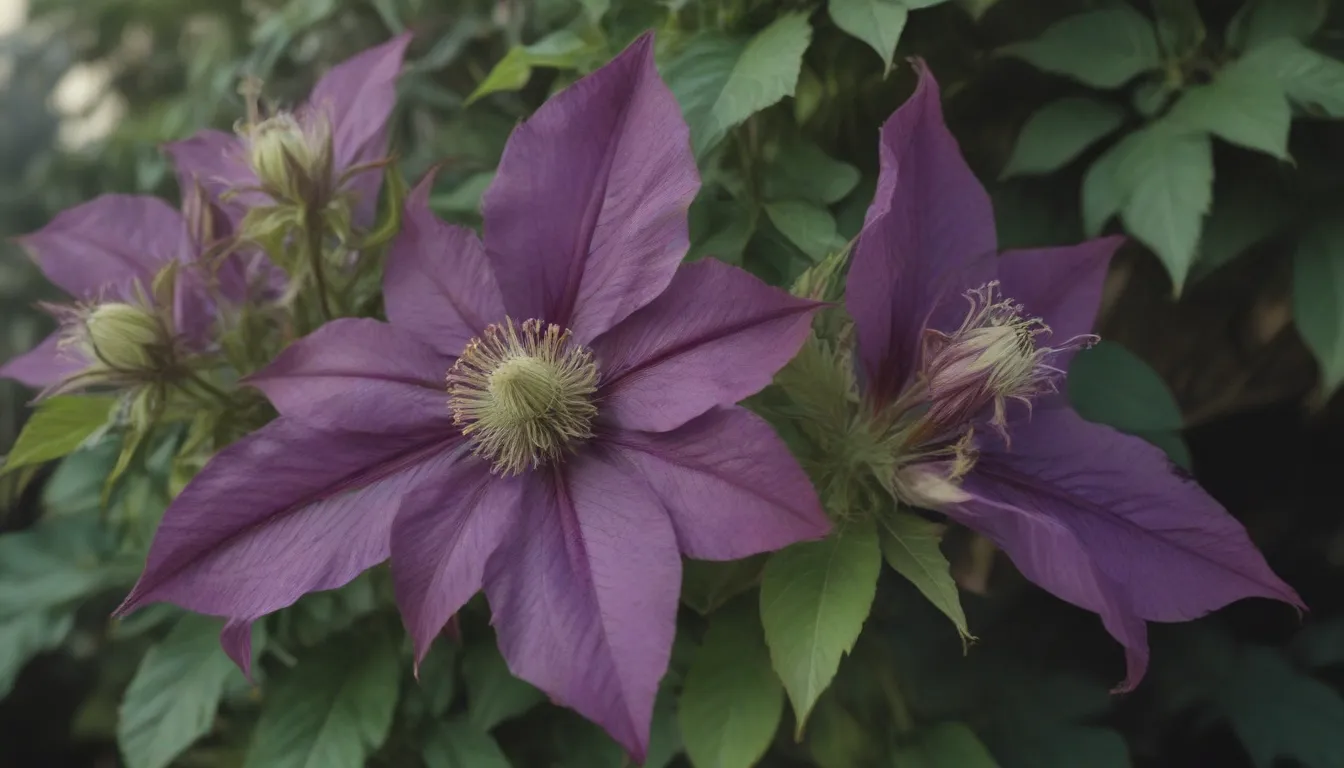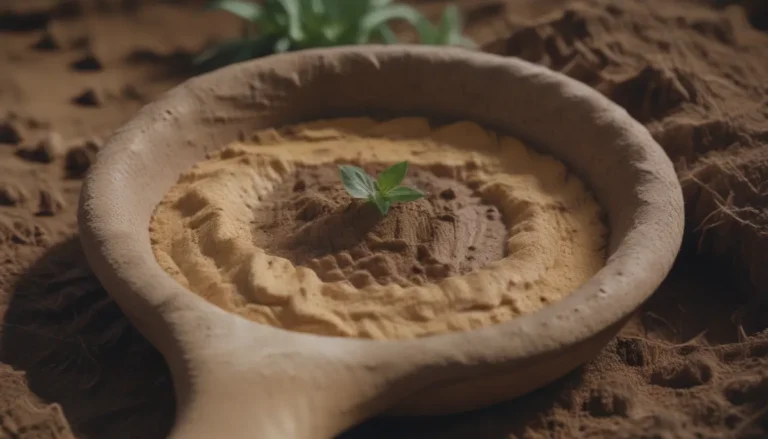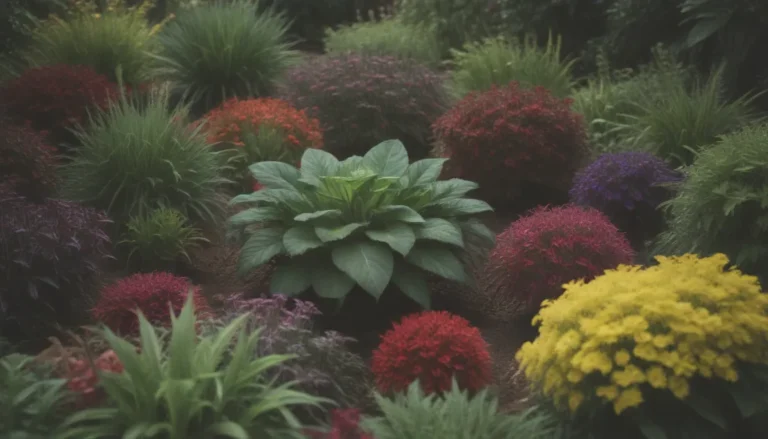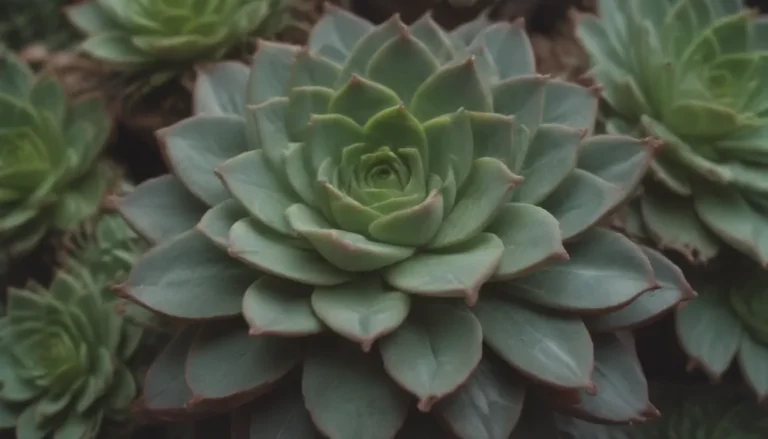The Ultimate Guide to Identifying and Managing Clematis Wilt

Have you ever found your once-thriving clematis vine suddenly wilting and withering away? If so, you may have encountered a common fungal disease known as clematis wilt. But fear not! With the right knowledge and quick action, you can help your beloved clematis plant bounce back to its former glory.
Understanding Clematis Wilt
Clematis wilt, caused by a fungus called Ascochyta clematidina, is a pesky foe that can swiftly devastate your clematis vine. This fungal disease manifests itself through the drying, withering, and blackening of the foliage and stems of the plant. While the reddish lesions along the stems may serve as an initial warning sign, clematis wilt often progresses rapidly, catching gardeners off guard. However, it’s not uncommon for only specific stems to be affected, so keep a keen eye out for any sudden discoloration.
What Causes Clematis Wilt?
The culprit behind clematis wilt is the spread of spores, which likely lingered on the debris of the previous year’s vines or were carried by the wind from nearby infected plants. This fungal disease thrives in damp, humid conditions, making clematis vines that are dense, tangled, and consistently moist particularly vulnerable. Older clematis plants, with their woody bases near the ground, are often the first targets of clematis wilt. Once the fungus infiltrates the plant, it disrupts the vascular system, causing the plant to wither and die if left untreated.
How to Treat Affected Plants
The silver lining in the cloud of clematis wilt is that the plant’s roots remain unharmed, allowing for potential recovery. If you observe signs of wilting or drying on your clematis plant, act promptly by cutting back the affected stems to ground level. While this may seem drastic, it is a critical step in saving your plant from further harm. Be sure to dispose of the removed stems away from your garden to prevent re-infection. Patience is key after pruning, as new shoots should emerge from the base in due time. If no new growth appears, continue to water the roots and maintain hope for a revival.
Pro Tip:
- Prune affected stems back to ground level at the first sign of wilting or drying.
- Dispose of removed stems away from the garden to prevent re-infection.
Preventing Future Outbreaks
To safeguard your clematis plant against future bouts of wilt, take precautions to eliminate any potential sources of infection. In the fall, remove all remaining vine and leaf debris, disposing of it outside your garden space. This simple step can prevent the fungus from overwintering in the dead foliage and re-emerging the following year.
Identifying susceptible plants
While clematis wilt can target any variety of clematis, larger flowered varieties are particularly susceptible to its effects. Smaller flowering types, such as Clematis alpina and Clematis viticella, exhibit greater resistance to the disease. By understanding the vulnerability of different plant types, you can better prepare for and manage potential outbreaks.
Tips for maintaining Clematis Health
Healthy plants are better equipped to fend off diseases like clematis wilt. Here are some tips to keep your clematis thriving:
- Choose a sunny planting site with at least 6 hours of sunlight daily.
- Ensure good air circulation around the plant.
- Mulch the base of the plant to keep roots cool.
- Select varieties with disease resistance.
- Keep the area around the plant clear of debris.
- Avoid damaging the crown and roots during maintenance.
By following these guidelines, you can enhance the overall health and resilience of your clematis plant, reducing the risk of succumbing to diseases like clematis wilt.
In conclusion, while clematis wilt can be a formidable adversary for your beloved vine, armed with the right knowledge and proactive measures, you can effectively manage and mitigate its impact. By staying vigilant, practicing good gardening habits, and taking swift action when needed, you can protect your clematis plant from the ravages of this fungal disease. Remember, a healthy garden starts with informed and attentive gardeners!
Sources:
– Clematis. Washington State University Extension.
– Clematis Wilt. Missouri Botanical Garden.
– Can I put disease-infested plant material in my compost pile? Iowa State University Extension and Outreach.





